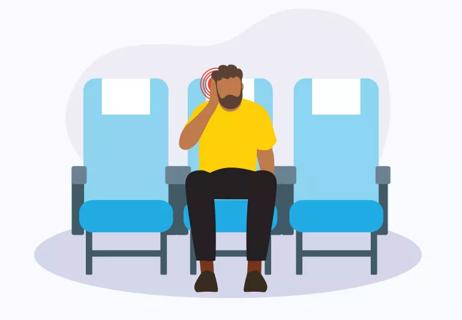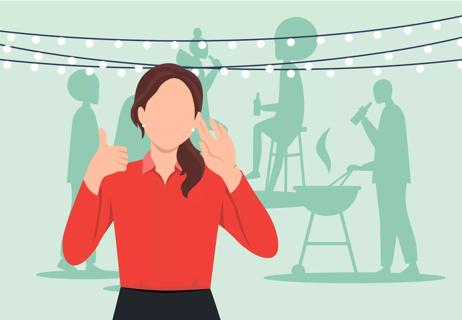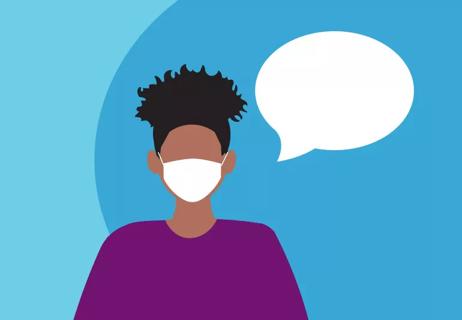Noise-induced hearing loss is 100% preventable

Whether it’s jamming out during a workout session or starting the morning with a podcast, many of us spend time every day with earbuds blasting sound into our ears.
Advertisement
Cleveland Clinic is a non-profit academic medical center. Advertising on our site helps support our mission. We do not endorse non-Cleveland Clinic products or services. Policy
While these little sonic feeding tubes can ease our minds and moods with satisfying sounds, they can also damage our hearing.
But with a little awareness and effort, it’s possible to prevent that from happening.
“Volume level and length of listening are the two things that need to be balanced to prevent noise-induced (or sound-induced) hearing damage from headphones or earbuds,” according to audiologist Sharon A. Sandridge, PhD.
“Listening at 80% volume for a maximum of 90 minutes at a time is the general rule of thumb,” she says. “It really is an inverse relationship between how long and how loud. If you are listening for an amount of time longer than 90 minutes, the volume should be reduced so that the longer you listen, the lower the volume.”
Aside from volume and length of listening, the particular listening device you’re using can also make a difference.
There are three types of ear listening devices, each with their own benefits and drawbacks.
Advertisement
No matter the design you choose, Dr. Sandridge says people shouldn’t be afraid to spend a little extra for better earpieces.
“Higher quality headphones or earbuds provide a higher fidelity sound, so you are less likely to rely on the volume to enhance the fidelity,” explains Dr. Sandridge.
Many devices allow outputs to go much higher than 85 decibels (dBs), which can be a problem because many listeners, especially younger ones, don’t realize the long-term damaging effects.
“Early, repeated exposure to loud sounds results in inner ear damage, which is permanent and may not be experienced until later in life when it is too late to prevent it,” Dr. Sandridge says.
According to the U.S. Centers for Disease Control and Prevention (CDC), 17% of Americans between the ages of 20 and 69 have hearing loss that may have been caused by exposure to loud sounds.
“Repeated damaging sounds can age the ear 50% faster,” says Dr. Sandridge. So, by the time you’re in your 50s, you may have the hearing of someone who’s in their 80s.
To be safe, Dr. Sandridge offers up this general advice: “If someone who’s standing an arm’s length away can hear the music coming from your headphones or earbuds, or if you raise your voice to speak to someone while you’re listening to something, it’s too loud.”
Advertisement
Learn more about our editorial process.
Advertisement

There are a few safe ways to relieve this uncomfortable pressure

Care for your ears by steering clear of cotton swabs, taking precautions in loud settings and seeking medical help when needed

There are lots of tips, tricks and assistive devices out there that can help

Keeping your brain healthy is key

Understand the symptoms and find relief

Make it easier to hear and be heard

Four steps to getting the perfect hearing aids for your lifestyle

The quicker you seek treatment, the better

Type 2 diabetes isn’t inevitable with these dietary changes

Applying a hot or cold compress can help with pain